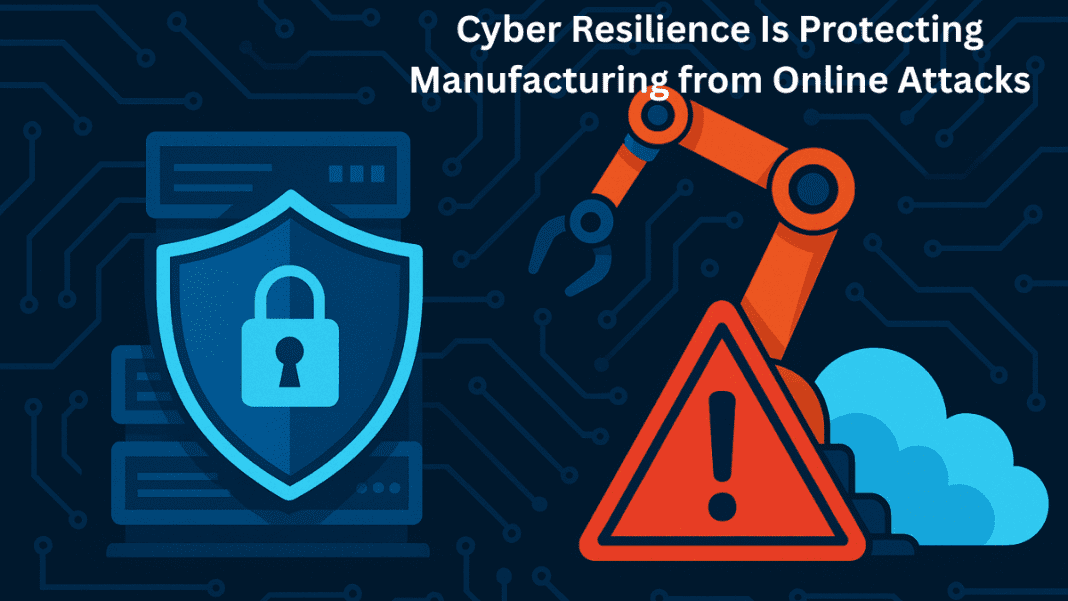Breaking Down the Wall Between IT and OT
Factories are becoming smarter. Machines that once worked alone are now connecting with computers and the internet. This change is known as IT/OT convergence — where Information Technology (IT) and Operational Technology (OT) come together.
In the past, IT and OT worked separately. IT managed things like emails, websites, and cloud storage. OT managed factory machines and tools. Now, companies want everything to work together. They want real-time data, faster production, and less downtime. As a result, old machines are being connected to new digital systems.
But with this convenience comes a new risk. OT systems were once kept away from the internet to stay safe. Now that they’re connected, hackers can find ways to break in. This makes them more open to cyberattacks than ever before.
In fact, experts say that by next year, 70% of OT systems will be linked to IT networks. This means factories need strong security, not just for their computers, but also for their machines.
A Bigger Target for Cyberattacks
When IT and OT systems mix, they create more entry points for cybercriminals. This is not just a guess — it’s already happening. A major example is the Colonial Pipeline attack in 2021. Hackers broke into the IT systems, which led to problems with fuel delivery across the U.S. East Coast. This showed how an attack on IT could damage OT operations too.
Even though 86% of manufacturers believe that IT/OT integration will improve their business, only 19% say they have strong security in place. That gap is dangerous. It creates a space for hackers to take advantage.
Strict Regulations Help Australian Companies Bounce Back Quicker After Cyberattacks
The problem is also that IT and OT teams work differently. IT teams care about data, passwords, and email protection. OT teams care about keeping machines running without stopping. They often don’t speak the same “security language,” so they don’t always plan together. This lack of teamwork can lead to slow reactions when something goes wrong.
As cyberattacks grow more common, many companies are trying to fix this. By the end of this year, half of all factories and utility companies will put both IT and OT under one cybersecurity leader. This makes it easier to spot problems and stop attacks before they cause major damage.
Cyber Resilience is the New Safety Net
To keep things running smoothly, manufacturers are turning to cyber resilience. This means being ready for an attack and knowing how to bounce back fast.
Instead of only trying to block hackers, cyber resilience prepares companies to limit the damage, restore systems, and keep working even during a crisis. This is especially important because a cyberattack can bring operations to a halt, and unplanned downtime can cost up to ₹2 crore ($260,000) per hour.
Cyber resilience uses smart tools to watch machines all the time. It splits the network into different zones, so if hackers get in, they can’t reach everything. If there’s a breach, the system quickly shuts off the affected part to stop it from spreading.
Cyberattack Exposes Melbourne Hospital Patients Data on Dark Web
Another helpful part of cyber resilience is smart backups. Instead of restoring everything, only the most important files are brought back. This saves time and helps machines get back to work faster — sometimes in minutes, not days.
All these steps help factories avoid long delays, keep workers safe, and continue delivering products on time. Cyber resilience gives teams confidence that even if something goes wrong, they can respond quickly and keep moving forward.
As IT and OT come together, the risks are real but so are the tools to fight back. Cyber resilience is not just a backup plan; it’s the shield that helps protect today’s smart factories from tomorrow’s threats.





